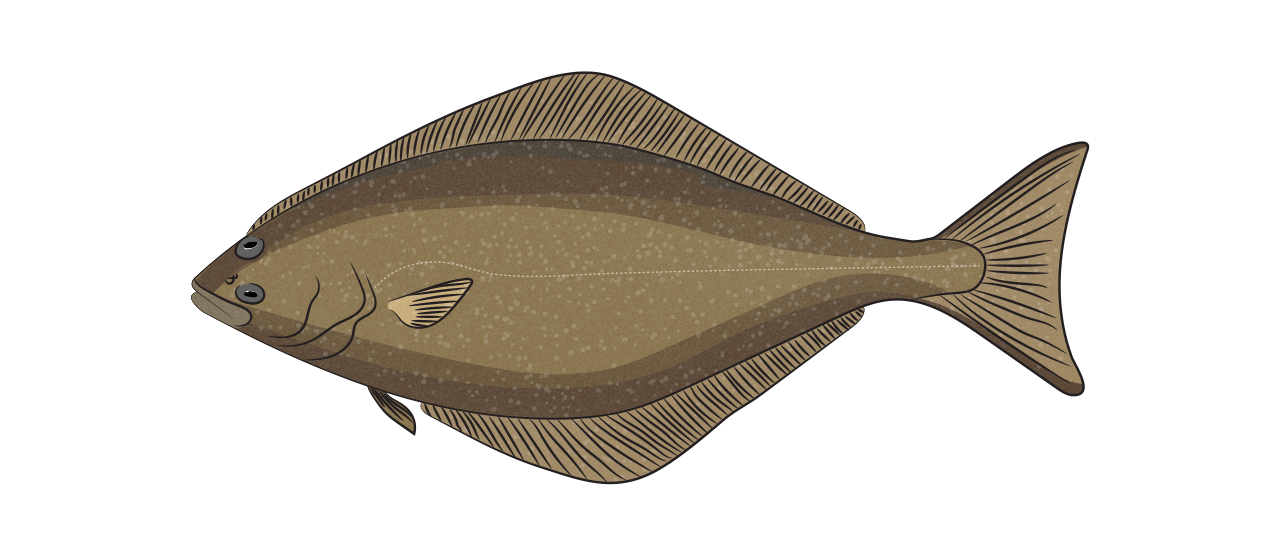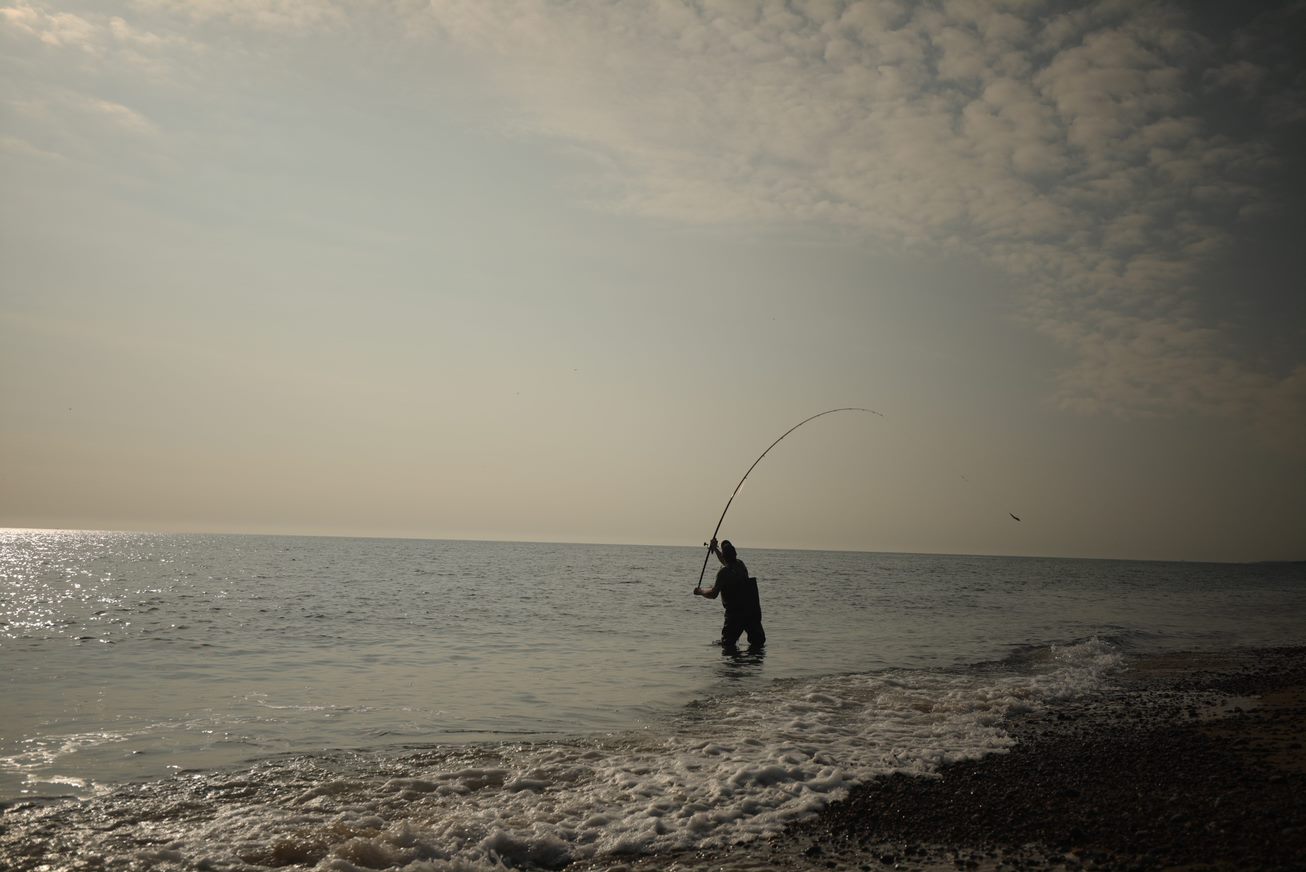Halibut| Fish Species Guide | Angling Direct

Halibut
aka Hippoglossus hippoglossus
As one of the largest flatfish, halibut has both its eyes on its right side and has a slightly forked tail. Living on the sea floor, halibut can be found swimming up to the mid-water and always favour colder waters around Scandinavian waters, the northern North Sea and the other side of the Atlantic Ocean. It can be identified by its large mouth (full of sharp teeth) and diamond-shaped dark brown body with a pale white underside. very There is a prominent curve in the lateral line.
Halibuts are born with asymmetrical bodies and have eyes on either side of the head. With increasing size, the flatfish's eye shifts to the other side of their head, so that they have practically two eyes on the same side of their head.
Stats
Status
Habitat
Prefers waters at least 50m deep and found by deep water rock marks.
Bait
Whole coalfish, pollack, mackerel & squid.
Native or Invasive
Native
Where
Throughout the North Atlantic, particularly Norway, Faroes, Iceland and Southern Greenland, but also the Bay of Biscay.
 Catch Experience
Catch Experience
Video
Blog Highlight
Guide to Beach & Sea Fishing Bait, Fresh or Artificial?
As with any fishing discipline, sea fishing bait is of paramount importance, anglers spend considerable time planning their next session; what tackle to use, line, rigs etc, but you have to remember the only thing the fish are actually interested in...
Read More